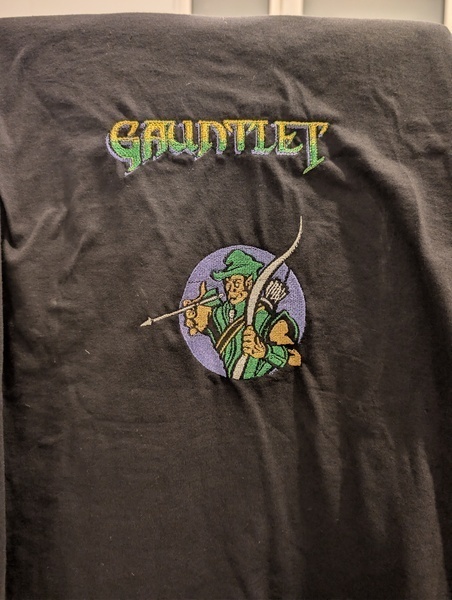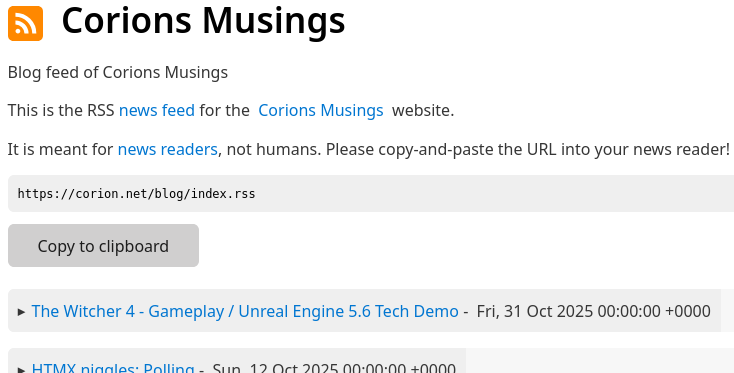Square glamour shot of a band named Dämonenkirmes. They are four people wearing black leather and arm tattoos standing in front of a gothic fairground. The lead singer is female, has short hair and wears a white gown. Her arms are crossed.
Left of the singer stands another woman with brown hair and a knuckleduster on the right hand and in the left hand she holds a beer can. She wears a jeans vest with a My Little Pony patch.
The left man wears jeans and has is bald with a tattoo on his head. The right man has a beard and long blonde hair. He wears eyeliner and a kilt.
There is a black ferris wheel in the background with pale lights. The fairground stands have skulls on them. The word "Dämonenkirmes" is on an off-white banner in Fraktur font with lightbulbs behind the band above their heads.
At the left and right border of the image, the upper half of audio speakers are visible with the letters DK on them.







